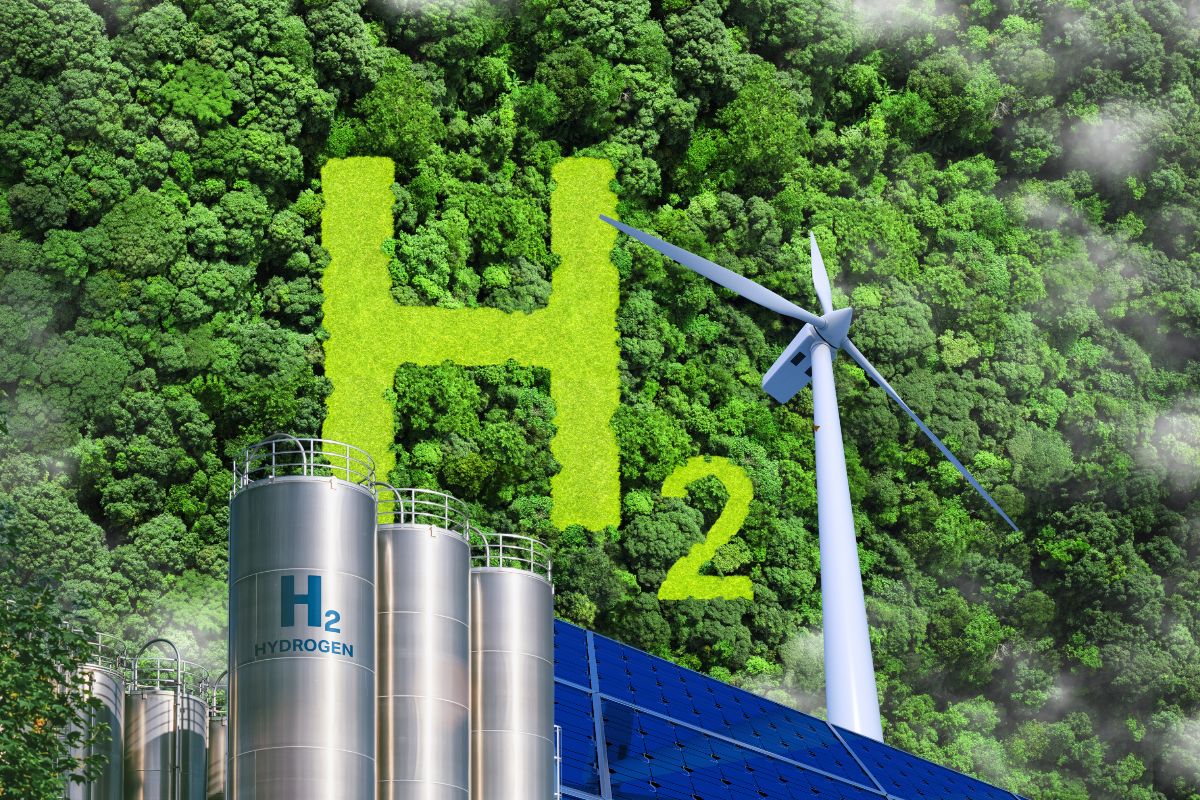Half of H2 production could be sustainable by 2040.
According to management consultancy Roland Berger, the 2030s will be decisive for the success of the hydrogen economy. According to a study presented today, hydrogen production is projected to grow by an average of two percent per year until then. By 2030, around twelve percent of this will likely be produced using renewable energies. The hope of decarbonizing energy-intensive industries like steel production rests on this so-called green hydrogen. To achieve this goal, the expansion of electrolyzers, which split water into its components, hydrogen, and oxygen, using electricity, is necessary. According to Roland Berger, this expansion is taking place far too slowly, so as much electrolysis capacity would have to be added annually in the next decade as in the 2020s. If this succeeds, half of the amount produced could be green hydrogen by 2040. At that point, use will also become much more diversified. In addition to industry as the main consumer, the use of hydrogen in the mobility sector and for heating buildings will increase, according to the forecast.
Call for More Structural Policy and a Warning
According to the study’s authors, the proper course must be set now to ensure success. Instead of detailed questions such as the definition of green hydrogen, structural policy measures should be taken, with Roland Berger referring to the Inflation Reduction Act in the USA, among others. What is green hydrogen and what is not was debated in Europe at the beginning of this year, and it was finally agreed that electricity from nuclear power plants could also be used to produce this sustainable energy source.
The study also contains a clear warning: if current projects to use hydrogen to reduce emissions in industry and elsewhere do not produce the hoped-for results, the debate could turn to relocating energy-intensive sectors to other countries that promise access to cheaper and cleaner energy.
No Success Without Securing the Supply of Raw Materials
Political will is required to help the hydrogen economy achieve a breakthrough and secure the supply chains for the necessary raw materials. For electrolyzers, these are metals of the platinum group, such as iridium, the production of which is highly regionally concentrated and cannot be ramped up at will. Iridium is extracted exclusively as a by-product of platinum mining, primarily in South Africa and Zimbabwe. As recently as September, the National Hydrogen Council in Germany issued a clear warning about impending shortages of iridium, as this would have a “drastic impact” on the H2 sector. As early as February 2022, the German Raw Materials Agency DERA pointed out supply risks for the mineral raw materials required for hydrogen production. In addition to the aforementioned iridium, the competence center sees the most significant risk in scandium. The metal, which belongs to the rare earth elements, is also used in specific electrolysis processes.


